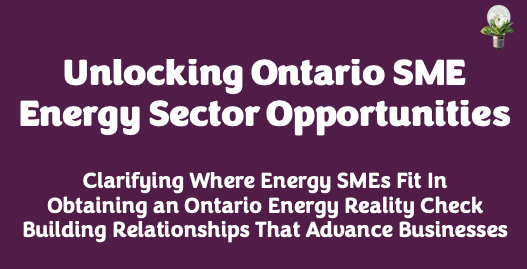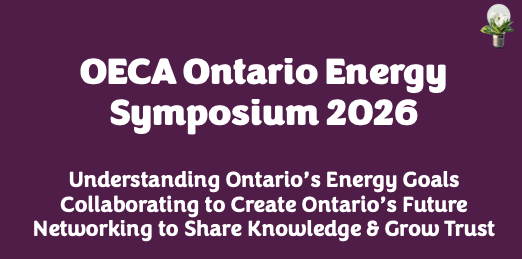The human brain, despite accounting for just 2% of body weight, is a voracious energy consumer. It uses about 20% of the body’s energy, making it the most energy-intensive organ. This biological reality offers fascinating opportunities for insights into the connection between energy consumption, intelligence, experiential learning, and decision-making. These processes are interconnected in a dynamic dance that shapes our perceptions.
The Brain’s Energy and Raw Intelligence
Raw intelligence—the ability to process and understand information quickly—depends on the brain’s efficient use of energy. Intelligence is often measured through problem-solving, pattern recognition, and logical reasoning, all of which require significant energy expenditure.
At the neural level, intelligence involves synaptic activity, where neurons communicate via electrical and chemical signals. This process consumes glucose and oxygen, which fuel the brain’s “thought engine.” Studies suggest that highly intelligent individuals often have more efficient brains. This means they use less energy to perform tasks than others, a phenomenon known as neural efficiency. However, achieving peak efficiency depends on the brain’s health, including proper nutrition, sleep, and oxygen supply.
Experiential Learning: Wiring the Brain
Experiential learning is the process of acquiring knowledge and skills through direct experience. Unlike rote memorization, which primarily engages specific memory centers, experiential learning activates multiple brain regions, including the hippocampus (memory), prefrontal cortex (decision-making), and limbic system (emotion).
This type of learning strengthens neural pathways, a process called neuroplasticity. The brain adapts by forming new connections and pruning unused ones, making it more energy-efficient over time. For example, when learning to play a musical instrument, initial attempts require immense concentration and energy. Over time, as skills become automatic, the brain consumes less energy for the same tasks, freeing resources for other cognitive activities.
Concentration: The Energy Balancer
Concentration is a focused application of the brain’s energy. It’s the cognitive glue that holds intelligence and learning together. However, maintaining focus is one of the brain’s most energy-draining activities. Sustained concentration requires the prefrontal cortex to suppress distractions and manage competing demands, often leading to mental fatigue.
The ability to concentrate is influenced by both raw intelligence and experiential learning. Individuals with high intelligence may process information more quickly, reducing the energy required for sustained focus. Meanwhile, those with rich experiential learning backgrounds often draw on established neural pathways, allowing them to concentrate more effectively on complex problems.
Decision-Making: Energy Under Pressure
Decision-making combines all these elements: raw intelligence, experiential learning, and concentration. Whether choosing between two career paths or deciding what to eat for dinner, every decision requires the brain to weigh options, predict outcomes, and regulate emotions.
The brain’s energy economy plays a significant role here. When under stress or fatigue, the prefrontal cortex (responsible for rational thinking) cedes control to the limbic system (associated with emotion and impulsivity). This shift explains why people make poorer decisions when tired or stressed—the brain is simply conserving energy by defaulting to faster, less energy-intensive processes.
To make better decisions, it’s crucial to optimize the brain’s energy levels. Practices like mindfulness, proper hydration, balanced nutrition, and regular exercise can replenish cognitive resources, ensuring the brain has the energy to perform at its best.
The Interconnected Equation
The interplay between intelligence, learning, concentration, and decision-making is, at its core, a story of energy allocation. Raw intelligence provides the framework, experiential learning builds the structure, concentration strengthens the foundation, and decision-making animates the entire system.
Understanding this energy equation offers practical insights:
- Fuel the Brain: Proper nutrition and hydration are non-negotiable for optimal brain performance.
- Cultivate Focus: Mindfulness and time management can enhance concentration and reduce cognitive fatigue.
- Embrace Experience: Lifelong learning, through diverse experiences, builds resilient neural pathways.
- Rest and Recharge: Quality sleep is essential for energy restoration and cognitive efficiency.
When we respect the brain’s energy demands, we can unlock its full potential, enhancing individual intelligence, decision-making, and our collective/collaborative capacity to solve the world’s most pressing challenges.
In this sense, the energy of the brain becomes a metaphor for the energy of innovation, collaboration, and growth.


